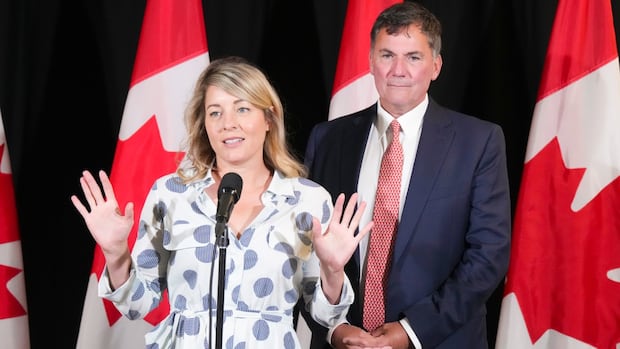Trump official creates confusion by saying Canadian goods would face 10% tariff

A member of U.S. President Donald Trump’s administration created confusion when he mistakenly stated that Canada would be hit with an additional 10 per cent tariff. This error added to the chaotic atmosphere in Washington as Trump announced changes to his global tariff plan.
Initially, Trump’s plan included a 10 per cent baseline tariff for most countries, excluding Canada and Mexico. However, U.S. Treasury Secretary Scott Bessent’s statement to reporters indicated that the baseline levy would also apply to these North American trading partners. This caused concern on both sides of the border, with Canadian officials reaching out to clarify the situation.
Despite Bessent’s comments, a White House official later confirmed that the 10 per cent baseline tariff was not being applied to Canada and Mexico. This clarification eased tensions, but the issue highlighted the unpredictability of the current trade environment.
In response to Trump’s tariff changes, China faced a significant 125 per cent tariff due to their retaliatory measures. U.S. Commerce Secretary Howard Lutnick cautioned Canada against maintaining their counter-tariffs, citing China’s harsh penalties as a cautionary example.
Prime Minister Mark Carney expressed relief at Trump’s decision to scale back the global tariff plan and emphasized the importance of deepening relationships with like-minded trading partners. Carney also reiterated the importance of counter-tariffs as a strategic tool in trade negotiations.
On the campaign trail, the leaders of the major political parties in Canada shared their perspectives on the tariff situation. Liberal leader Mark Carney emphasized the effectiveness of counter-tariffs in dealing with the U.S., while Conservative Leader Pierre Poilievre criticized Carney for not making progress in removing existing tariffs.
Overall, the confusion surrounding the tariffs highlights the need for clear communication and strategic decision-making in international trade relations. As the situation continues to evolve, Canada must navigate these challenges while maintaining strong partnerships with key allies.




